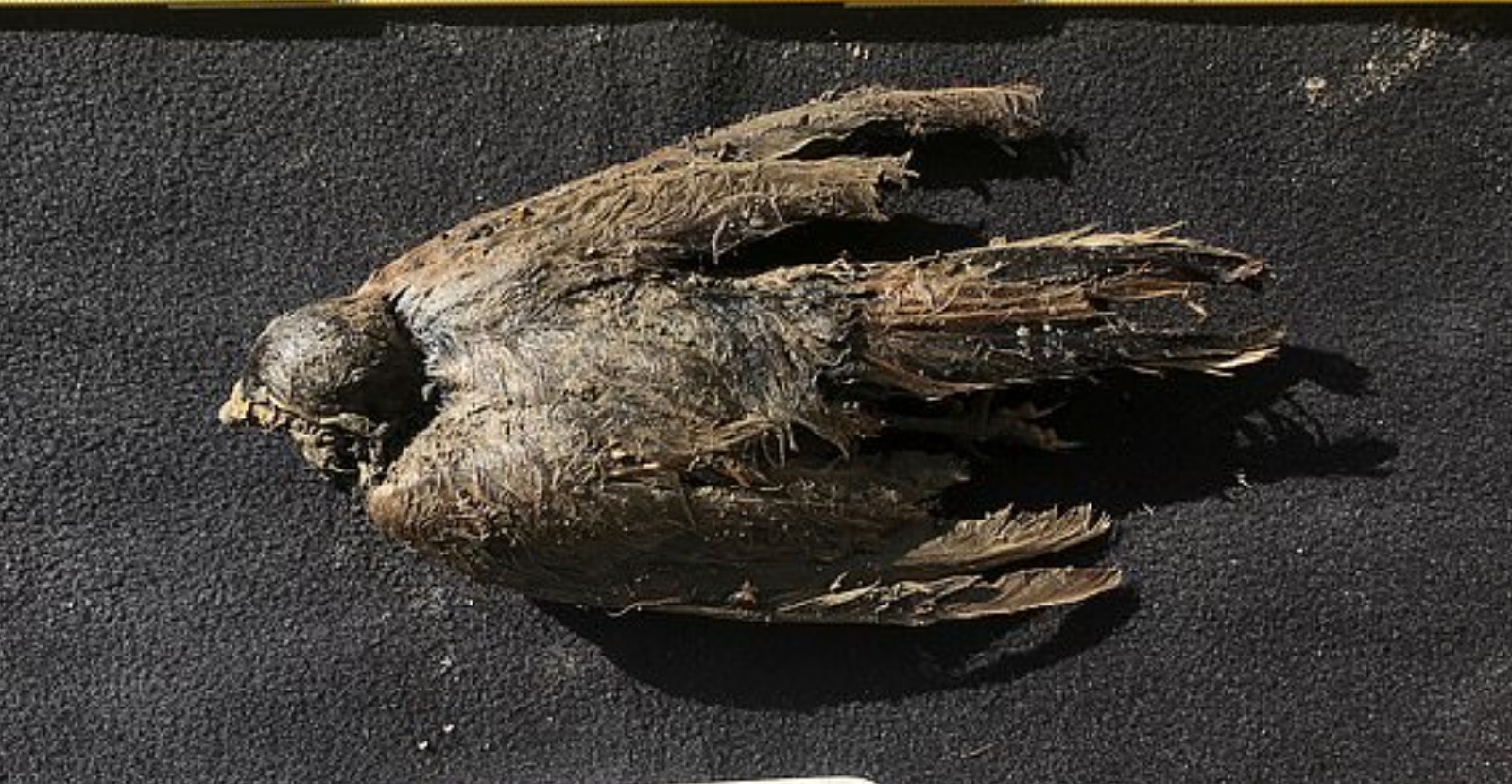A prehistoric “Icebird” has been found in Siberian permafrost in remarkably good shape. The freezing temperatures in parts of Russia, particularly Siberia, may be tough for most folks to cope with, especially during the long winter months.
But for scientists, the region can provide tremendous learning opportunities, because the permafrost often captures, and preserves, animal and bird specimens that the cold keeps largely unchanged from their original forms for. That enables scientists and researchers to discover a great deal about these species, as they arrive in labs almost identical to the way they looked thousands of years ago.
In early December 2019, for example, the body of an 18,000 year-old puppy, either a dog or a wolf, was found in the permafrost near Yakutsk with it hair, teeth, tail and even its eyelashes intact. It is undergoing tests now, and scientists predict it would reveal a great deal about how wolves evolved into the domestic dogs we know today.
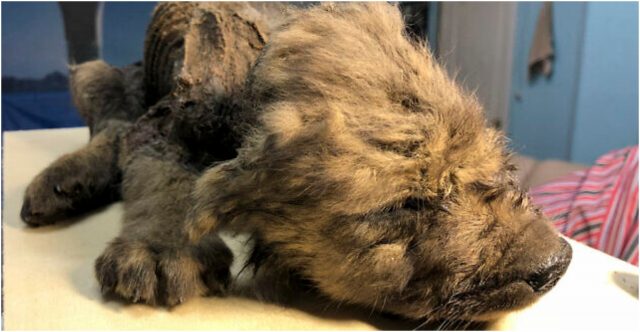
In 2010, a baby woolly mammoth was found on Russia’s Arctic coast that was approximately 39,000 years old. In spite of its age, it was so well preserved that researchers even found hair on large portions of its carcass.
Russia has again brought such a specimen to the doorstep of scientists, this time a 46,000 year old bird, so well preserved that the hunters who found it, deep in a mine shaft, thought it had been alive only 24 hours earlier. It is complete with feathers and even a beak so researchers know it is an ancestor of the modern day horned lark. (They have dubbed it “icebird.”)
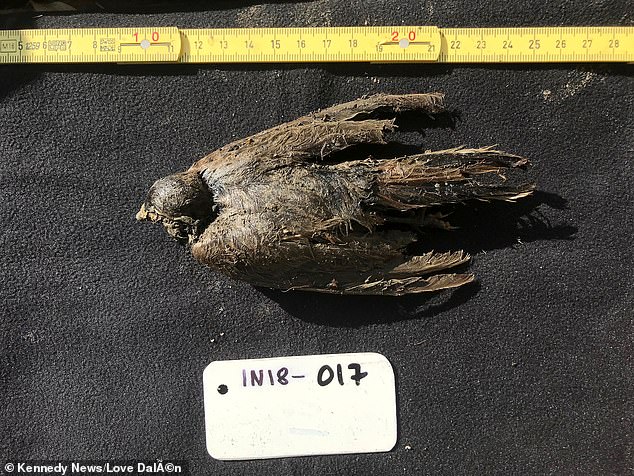
The team studying the bird told the media that it is the first example of a bird from the last Ice Age found in the area. It was fossil hunters, who go out specifically to look for treasures like this, who found the bird down the mine tunnel, about seven metres below ground. They were scouting the area near the town of Belaya Gora, in northeastern Siberia.
“Icebird” was sent to the Swedish Museum of Natural History, where it is being studied by paleontologist Love Dalen. He told the dailymail.com, “This finding implies that the climactic changes that took place at the end of the last Ice Age led to (the) formation of new subspecies.”
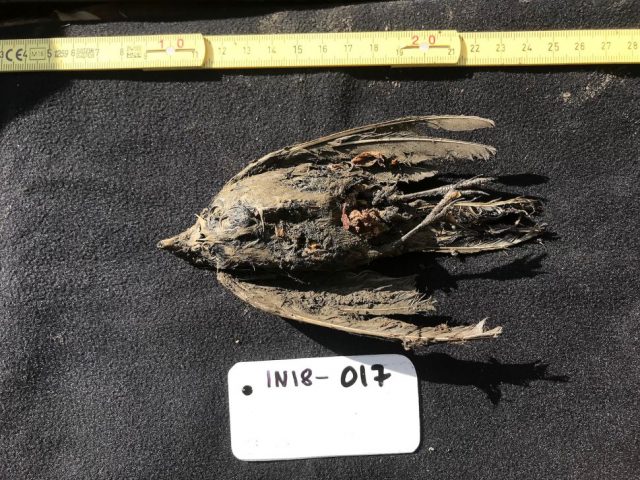
Sounding almost awestruck, Dalen added, “I was holding that little bird in my hand, and feeling like it could have died yesterday, but might actually have died tens of thousands of years ago.”
And because “icebird” was whole, with no indications of a fight, or struggle with a predator, Dalen said the bird did not expire in any violent way but rather passed away “easily”. The fact that such a small and fragile specimen was near intact also suggests that dirt (and) mud must have been deposited gradually. Or at least that the bird’s carcass was preserved in a state very close to its time of passing. In other words, it flew, it ended peacefully, and the permafrost took care of the rest, bringing the bird forward through time to present modern scientists to study and learn much about species in the last Ice Age.
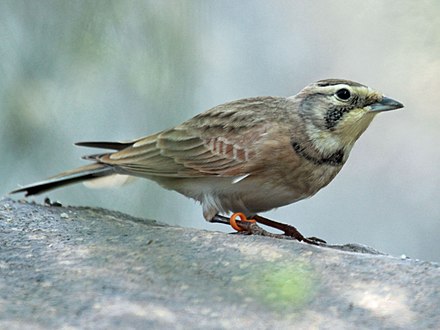
Permafrost gives researchers many opportunities to delve into everything from specimens like this latest find, “icebird,” to mankind himself. Not long ago several bodies, some 2,500 years old, were found in Siberia, and they were so well preserved that even the tattoos on their skin were legible.
Related Article: Amazingly Well-Preserved Ice Age Horse Discovered in Siberian Permafrost
And it offers the chance to study the Earth itself, the many layers of soil and debris that have rested there for thousands of years. Hence, for every scientific discipline ranging from archaeology to geology to zoology, the permafrost of Siberia is like a giant, unending classroom, with plenty of secrets and fascinating samples just waiting to be discovered.
